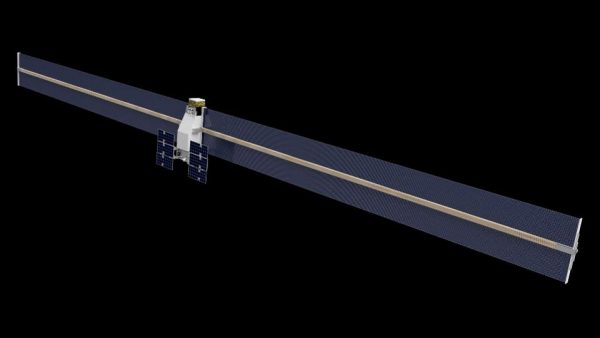Made In Space Wins Contract to Build Solar Arrays During A Spaceflight – Forbes

Artist’s impression of 3D-printed solar arrays, created by Archinaut — a Made In Space project.
Made In Space
Made In Space’s autonomous robotic manufacturing and assembly platform will one day take flight.
NASA recently awarded the company — most famous for its 3D printing on the International Space Station — a $73.7 million contract to demonstrate the platform, called Archinaut, on a future mission in Earth orbit.
This flight demonstration mission, called Archinaut One, aims to provide more power to a class of satellite buses known as Evolved Expendable Launch Vehicles (EELV) Secondary Payload Adapters. (These are small satellites that can all share a ride on a rocket while it hefts a larger, primary satellite into space.) Archinaut will launch on a Rocket Lab Electron rocket from New Zealand no earlier than 2022, NASA said in a statement.
Archinaut will be integrated on to a satellite bus. Once in space, it will work to build two 32-foot (10-meter) solar arrays on orbit. Each solar array will yield nearly five times more power than what is currently on the market for these buses, Made In Space said in a statement.
“Autonomous, robotic manufacturing and assembly will reshape the landscape of space exploration and space infrastructure, and we are taking a monumental step towards that future,” said Made In Space CEO and president Andrew Rush in the statement.
“Through our partnership with NASA, we will build a space-optimized asset on-orbit, for the first time, that will prove the efficacy of this technology, reduce the risk posture, and manifest new opportunities for in space manufacturing.”
Made In Space added the flight demonstration mission will include support from an existing partnership with Northrop Grumman, which supported Archinaut development during the first phase of the program. Several other companies and universities will be involved, too.
Under the first phase of Archinaut in 2017, Made In Space 3D-printed structural beams on the ground, in a NASA Ames Research Center facility that can simulate the conditions of space.
.






